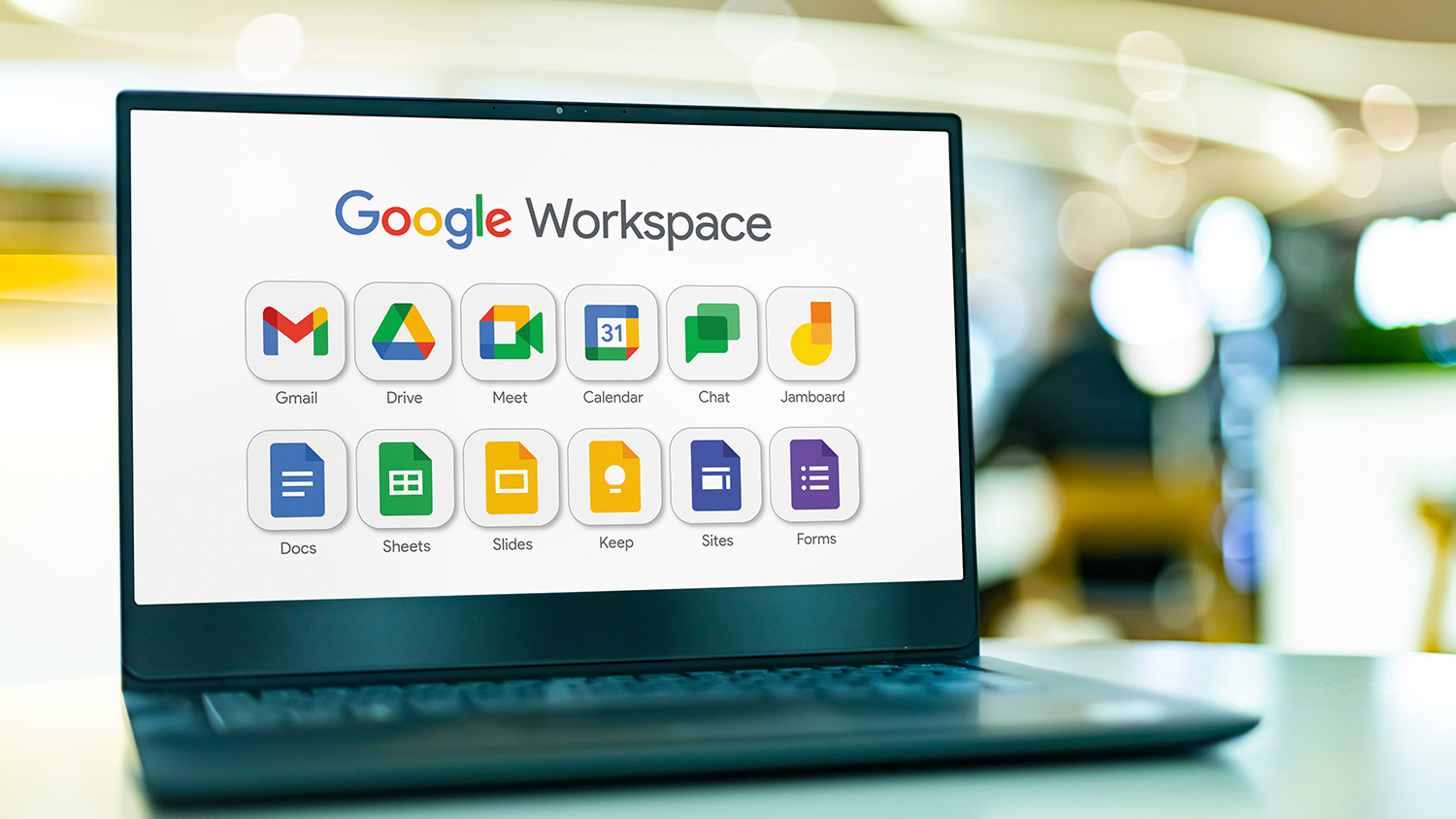
Prepare for storage changes
The Google storage changes opened the gateway for the campus as a whole to work together to look at our storage needs.
Sarah Noell
Co-chair of Storage Implementation Steering Team
Since 2010, NC State has been a Google for Education user and the campus community has taken advantage of the ease of storing and accessing items in Google Drive without any storage limits concerns.
However, in December 2020, Google announced the end of unlimited storage for all Google customers. NC State, like many college campuses, will move to a quota-based storage system. The university’s deadline to move is Nov. 20, 2024.
“This will be a huge change for the Wolfpack community, “ says Sarah Noell, co-chair of the Storage Implementation Steering Team.
It also presents a unique opportunity. Noell said, “The Google storage changes opened the gateway for the campus as a whole to work together to look at our storage needs.”
This fiscal year, the university formed a Storage Working Group and a Strategic Storage Task Force to evaluate current use, alternatives and best practices for data storage on campus, says Noell.
Earlier this spring the university’s Strategic Storage Task Force, led by NC State CIO Marc Hoit and representatives from various academic departments, released seven recommendations to move forward with storage changes. The task force also charged the Storage Implementation Steering Team, co-chaired by Noell and Eric Sills, representing Google and research storage respectively, to implement the changes.
In its report, the task force noted that Google storage is the most efficient and cost-effective system for enterprise users and researchers with modest data storage needs. However, for large bodies of research data, the task force recommends that users transition from Google storage to OIT’s Research Storage or that they work with local IT staff for options internally.
Its seven recommendations are:
- Improve the usability of OIT Research Storage to support increased use.
- OIT and college IT offices will work individually with the heaviest users of Google storage to develop plans to optimize their storage use.
- Implement Google storage quotas for all faculty, staff and students by early August, 2023 with no immediate impact to existing users so work continues unimpeded.
The task force recently announced that students will have 15G of storage space. - Develop a communications plan, supported by documentation and tools, to support the management of Google storage use.
- Develop a multi-year implementation plan for the broader campus community to rightsize its usage of Google storage and increase the use of Research Storage; pilot the plan this summer and communicate the plan at the beginning of the fall 2023 semester.
- Make short-term purchases of storage from Google to support the implementation timeline.
- Develop a long-term storage strategy for NC State.
The implementation steering team has begun work on Recommendations 2, 3 and 5:
- Over the next few weeks and months, information will be shared with campus, including how quotas will be rolled out and the assurance to faculty, staff and students that the initial quotas set by Aug.1 will not require any user to reduce their storage in the near term. This approach will allow campus to slow down its storage growth while IT staff review what is stored in Google along with alternative solutions if necessary.
- Over the next 12 to 24 months, IT staff and the Google Service Team will work with users who have large storage needs to better understand what type of data they are storing (sensitivity, purpose) and consider alternatives for storage locations.
Moving forth, “we’re strategically looking at storage on campus and how best to meet the needs of our users and researchers in the most efficient and effective ways,” says Noell.
For additional information, see the full Strategic Storage Task Force Committee Report.